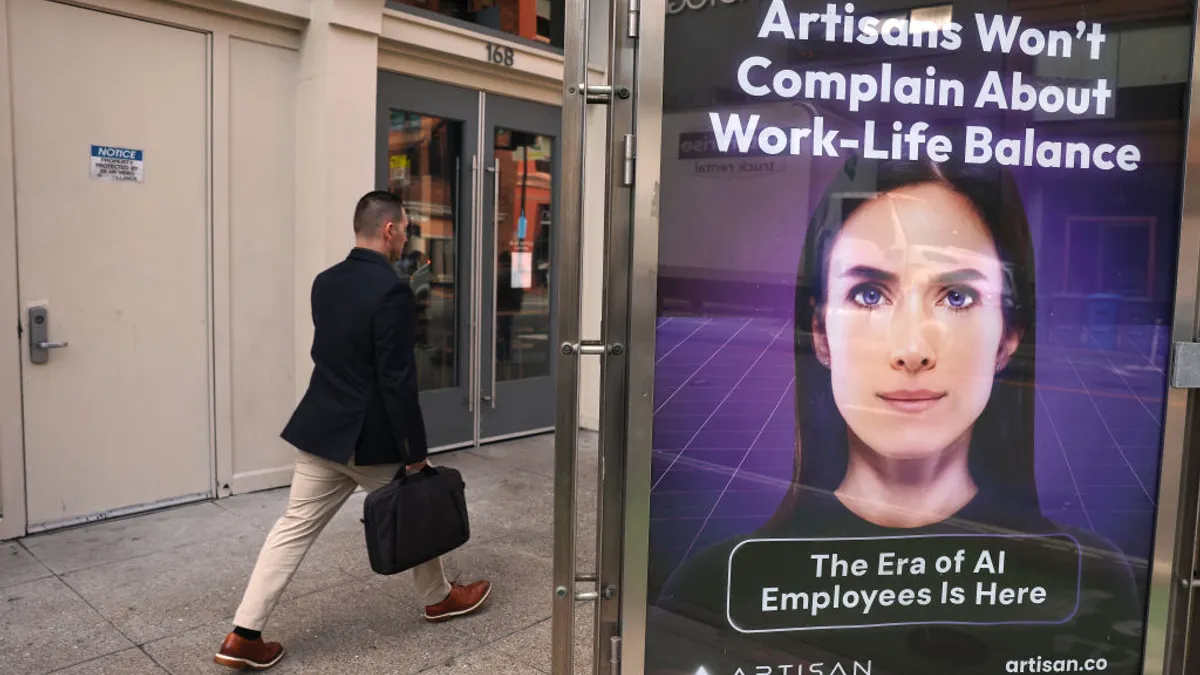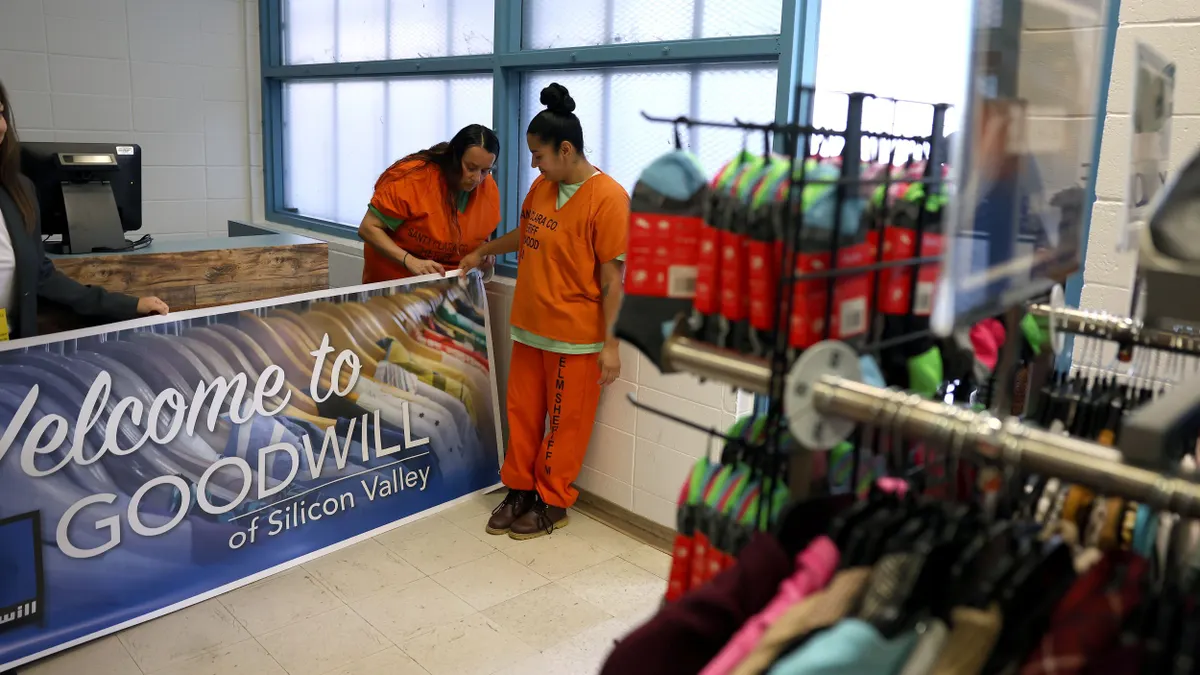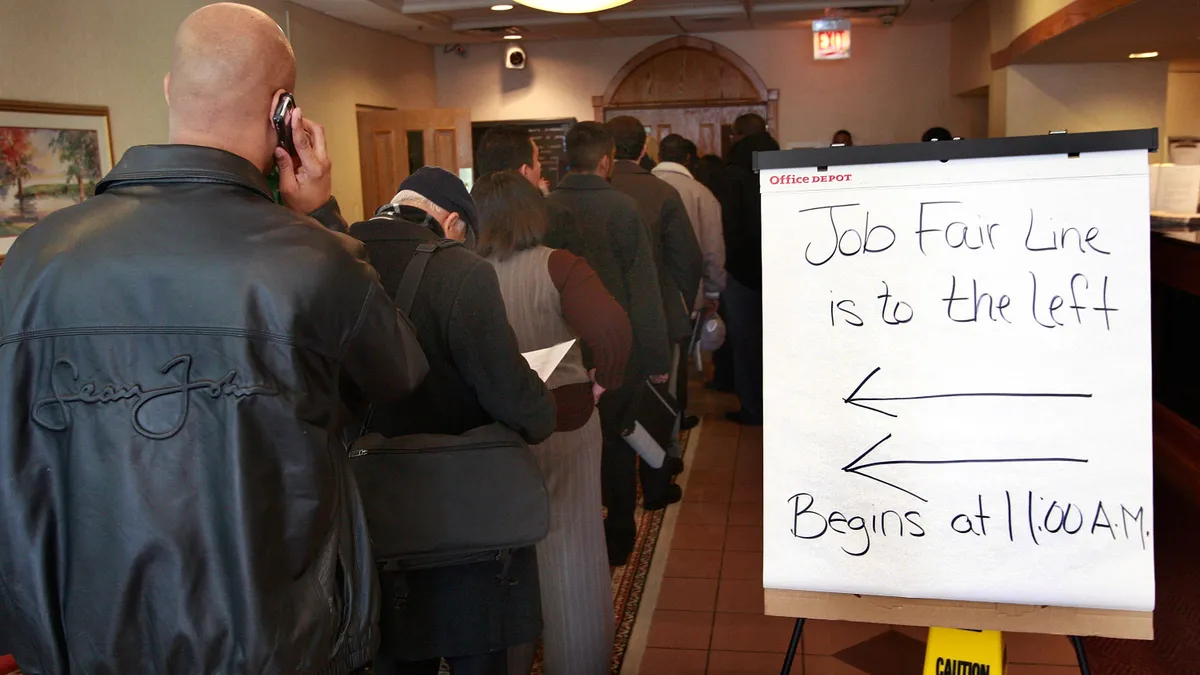Whether it's new hires or transplanted existing employees, businesses that look to relocate employees face a variety of challenges in ensuring a successful move for both employee and company.
As employers look to extend their reach to larger markets, even internationally, moving employees across the country or around the world is often a necessary business expense. When opening a new location, for example, a business may want to place experienced employees at the helm; for others, especially employers in the tech industry, relocation is a way to solve local talent gaps.
What drives relocation?
In recent years, relocation has largely been driven by a lack of qualified local talent, according to research from Atlas Van Lines. Without the right talent in place, growth and expansion simply can’t happen: "Relocation's function as the key-talent engine appears to be more crucial than ever to gain employees," Mary Beth Johnson, vice president, Atlas Van Lines Marketing & Avail Move Management told HR Dive via email.
In 2017, the relocation industry had a positive year, with roughly half of firms reporting an increase in volume, according to data from Atlas. The company predicts a similar outlook for 2018.
Some moves are temporary, for example, putting a high-level staffer in place to get a new location up to speed. Others may be permanent, such as when a business is attempting to penetrate a new market or shift the culture of a location.
"We're now starting to see mobility being used as a benefit and attraction tool," Topia CMO Julie Knight-Ludvigson told HR Dive in an email. This is seen in rotational programs for younger and promising talent, she said, adding that international experience can be very important for leadership pipelines.
In 2012, PwC predicted predicted a rise in global mobility of 50% by the year 2020. In 2017, it reported that 73% of respondents in large companies believed global mobility would be important in the future. It's findings show project lengths will likely shorten, however, with employees relocating temporarily for three months to one year, creating a new category of relocation: commuter employees living and working in different countries.
Is it cost-effective?
While telework arrangements may be one way to attract non-local talent, they won't work in all situations. And in saturated markets, where skilled workers can’t be found or those who are skilled are routinely poached, relocation can be a viable solution.
But even with anticipated growth in relocating employees, it can be difficult to measure direct ROI. "However," Knight-Ludvigson said, "many times global mobility is used for new hires to fill talent gaps in local hiring markets, so to that extent, it is invaluable to attracting and hiring the right talent."
Johnson agreed: "According to our research, the majority of firms report improved financial performances over the past eight years, showing it is worthwhile to gain key talent."
Doing it right
When considering relocating a staffer and all the costs involved, the focus must be on career path. "The needs of today’s mobile employees vary widely from those of expats of 10 to 20 years ago as the demographics of mobile employees have shifted," Knight-Ludvigson said. "A one-size-fits-all approach doesn't cut it."
To keep success rates high and turnover low, there must be a benefit to the employee in the short and long term, experts say.
What's slowing relocation?
Despite expanding the geographical reach of business, and the need to acquire talent in tight markets, relocating for work has actually been on the decline nationally, according to government data. The Census Bureau put the numbers of workers who relocated at 11% in 2017, and showed a steady drop in that figure for five years in a row. In 1985, one-fifth of Americans were willing to take on a new location for work. Today, a seasoned workforce may not be willing to pull up stakes toward the end of their career.
For younger workers, the cost of living and housing conditions in new cities may be dampening the urge to move. And then there's remote work: For many jobs, there’s little need for physical presence to get the work done, be supervised or even advance in the company.
Global reach
For international workers, relocating talent into the U.S. has been fraught with new administrative processing delays and challenges. Sending U.S. workers out of the country to work can be stressful and difficult as well. Language and cultural challenges, family considerations and other barriers can impact productivity and retention. Tax and payroll implications for the business as well as the employee can be complex, and the overall process can be lengthy and demanding.
Opening a new location or bringing workers to yours can help a business expand its reach and market share. When it comes to relocation, the process can be complicated, but, experts noted, the payoff could be substantial.



















